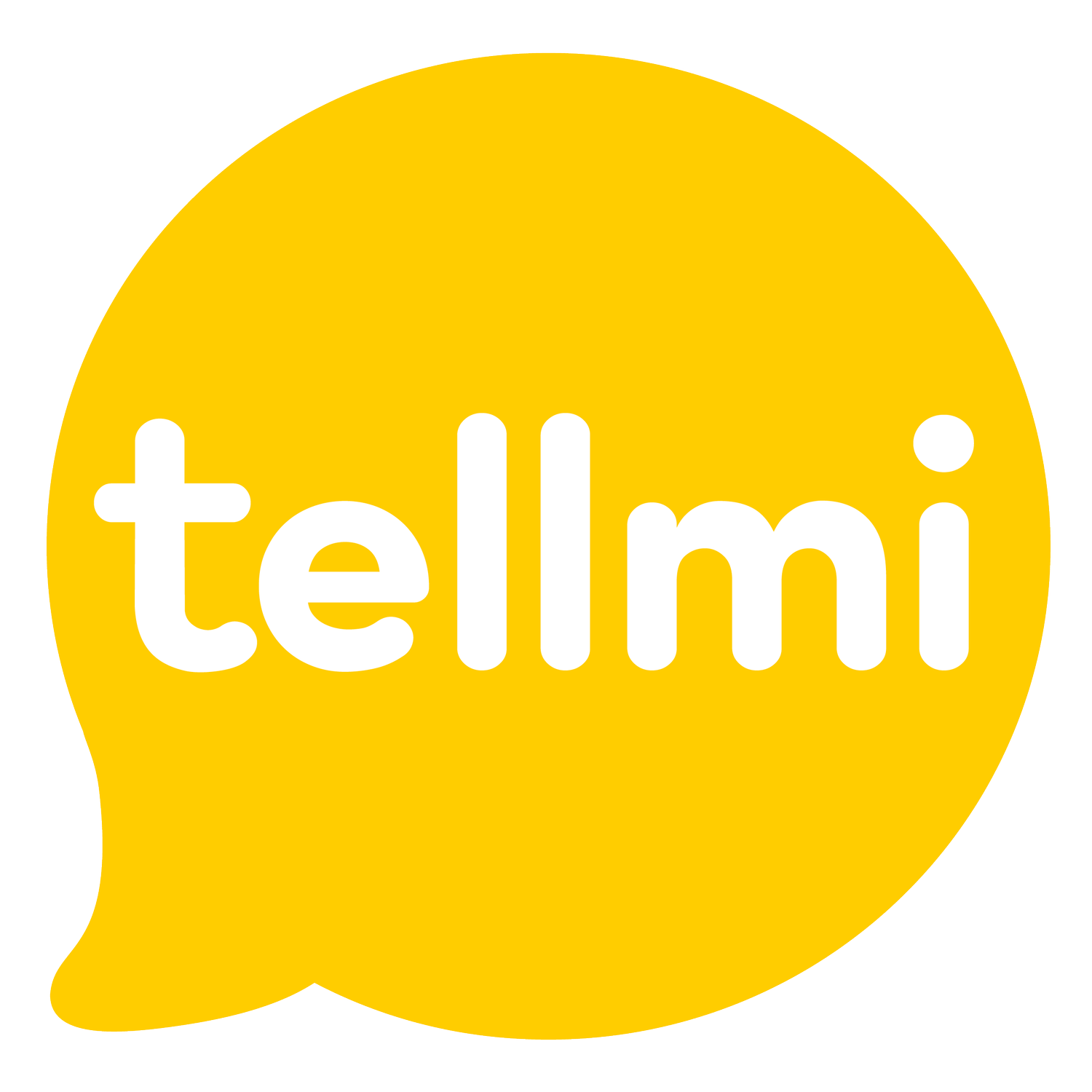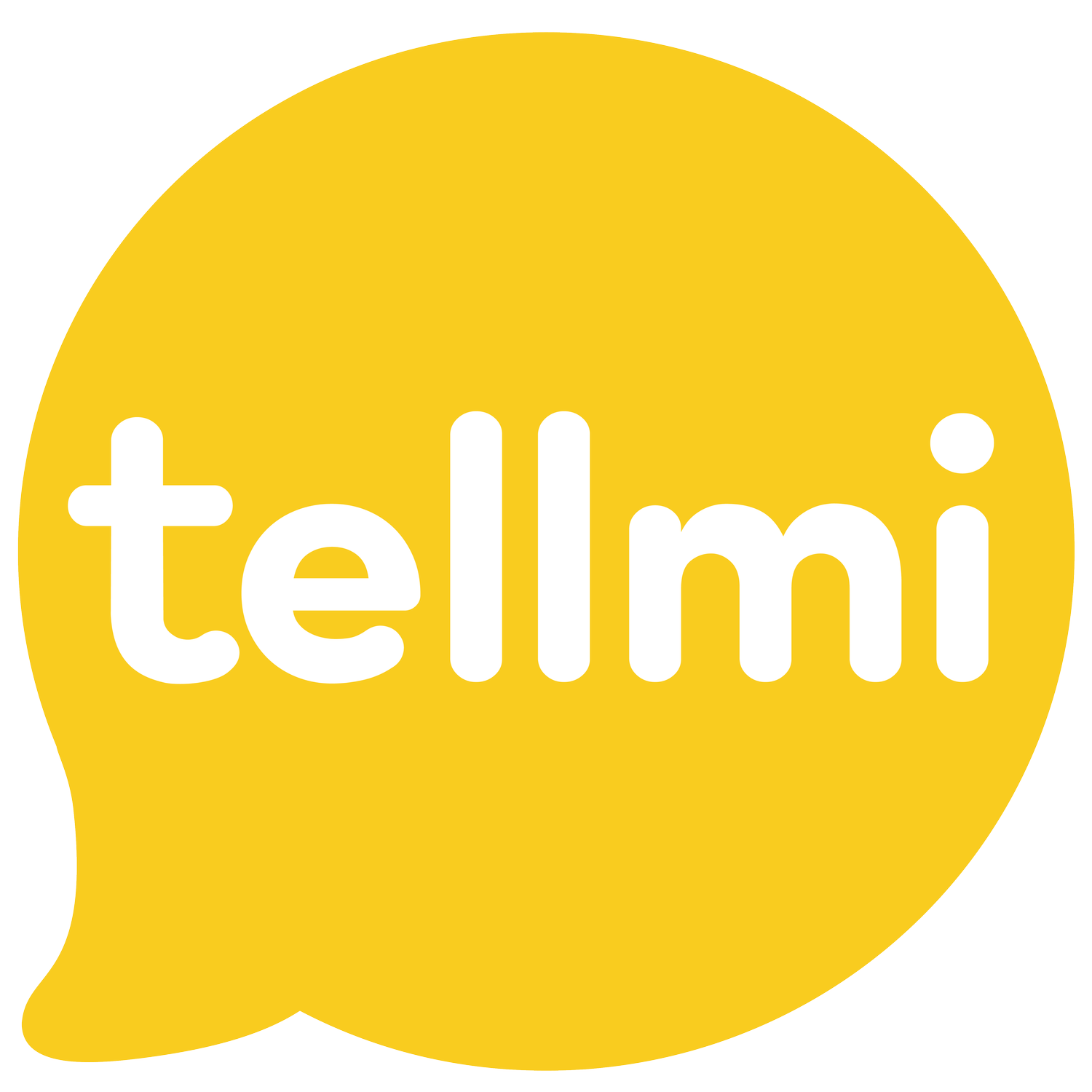Tellmi showcases significant savings to the NHS.
The bill for young people’s mental health across the UK is a startling £118 billion per year. The cost of mental health problems is equivalent to around 5 percent of the UK’s GDP.¹
Between 2017 and 2022, the proportion of 7 to 16-year-olds with a probable mental health condition increased from one in nine (12.1%) to one in six (18%)². This is a potentially daunting prospect for an already overwhelmed and overstretched NHS, which has seen the number of children and young people in contact with mental health services increase by 300% over the last six years, with the average waiting time between referral and contact with a mental health service standing at 41 days³.As demand for mental health support continues to stretch the capacity of the NHS, there is now an increased reliance on non-NHS funded support services.
Peer support, the practice of using one's own experience to help others, has widely been recognised as an effective tool⁴,⁵. What’s more, new research into Tellmi, showcases significant savings to the NHS.
The findings come following an early cost-comparator model of Tellmi built by the York Health Economics Consortium (YHEC) to identify the cost impact of using this digital app. The research found a statistically significant difference in the reduction of GP visits between those who had just started using Tellmi and those who had been using Tellmi for over one month. When excluding Tellmi’s service costs, the model estimated a cost saving of £215 per person over the one year time horizon of the model. The long term scenario analysis showed a cost saving of £528 per person, with cost savings attributed to the education; health, crime, and social services sectors.
Looking at the bigger picture, there are 11.8 million young people in the UK aged 10-19⁶. Of them 16% (1,888,000) have diagnosable mental health issues¹. Therefore, if all 16% were to use Tellmi, it would result in an NHS cost saving of £0.4 billion*
As a result of Tellmi already being commissioned by the NHS across several UK regions and many schools reaping the benefits of funding the app independently, Tellmi has over 77,000 young people not only seeking support from their peers, but actively replying to their peers posts offering support, relatability and empathy. The young people we undoubtedly need to focus on are themselves actively beginning to change their own mental health landscape.
If you would like to find out more or get a quote for commissioning Tellmi in your area or school please contact us and we will be in touch.
*figure excludes Tellmi costs
References.
McDaid, D., & Park, A. (2022). The economic case for investing in the prevention of mental health conditions in the UK. LSE & Mental Health Foundation. https://www.mentalhealth.org.uk/explore-mental-health/publications/economic-case-investing-prevention-mental-health-conditions-UK
NHS Digital (2022). Waiting times for children and young people’s mental health servies 2021-2022. https://digital.nhs.uk/supplementary-information/2022/waiting-times-for-children-and-young-peoples-mental-health-services-2021-2022
NHS Digital (2022). Waiting times for children and young people’s mental health servies 2021-2022. https://digital.nhs.uk/supplementary-information/2022/waiting-times-for-children-and-young-peoples-mental-health-services-2021-2022
Biddle, L., Derges, J., Goldsmith, C., Donovan, J. L., & Gunnell, D. (2018). Using the internet for suicide-related purposes: Contrasting findings from young people in the community and self-harm patients admitted to hospital. PloS One, 13(5), e0197712. https://doi.org/10.1371/journal.pone.0197712
Bell, J., Mok, K., Gardiner, E., & Pirkis, J. (2018). Suicide-related internet use among suicidal young people in the UK: Characteristics of users, effects of use, and barriers to offline help-seeking. Archives of Suicide Research, 22(2), 263-277. https://doi.org/10.1080/13811118.2017.1334609
(ONS, 2022). Estimates of the population for the UK, England, Wales, Scotland and Northern Ireland. https://www.ons.gov.uk/peoplepopulationandcommunity/populationandmigration/populationestimates/datasets/populationestimatesforukenglandandwalesscotlandandnorthernireland


